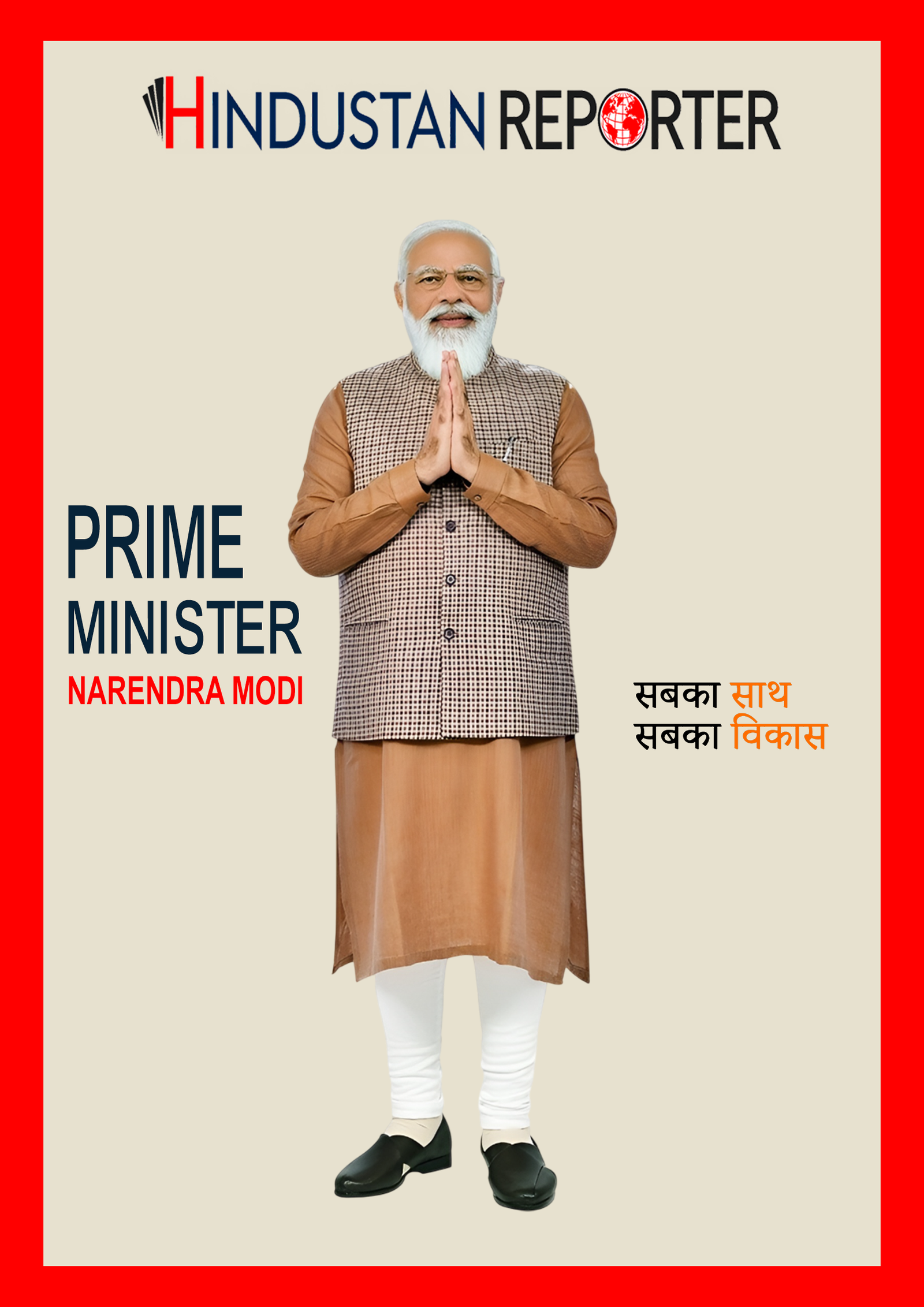Delhi woke up to a thick blanket of smog as the Air Quality Index (AQI) plunged into the ‘very poor’ category following a night of intense Diwali celebrations. Despite restrictions and green cracker regulations, the booming fireworks caused pollution levels to spike drastically, affecting millions of residents.
According to the Central Pollution Control Board (CPCB), the overall AQI in Delhi rose above 340 early morning, with some areas like Wazirpur and Anand Vihar crossing 400, entering the ‘severe’ category. The dense smog has reduced visibility and increased health risks, particularly for vulnerable groups such as children, elderly, and those with respiratory conditions.
What Does ‘Very Poor’ AQI Mean?
-
AQI between 301 to 400 is considered ‘very poor.’
-
Prolonged exposure can cause respiratory problems and eye irritation.
-
People are advised to limit outdoor activities and wear masks.
Why Did AQI Worsen After Diwali?
-
Firecrackers release massive amounts of harmful PM2.5 and PM10 particles.
-
Cold and calm weather traps pollutants close to the ground.
-
Additional sources like vehicle emissions and construction dust add to the pollution mix.
How Can You Protect Yourself?
-
Use air purifiers indoors
-
Wear pollution masks outdoors
-
Avoid heavy physical activity outside
-
Stay hydrated and maintain healthy diet
The city needs urgent collective action to reduce pollution and protect public health. Until the air clears, take necessary precautions and stay updated with real-time AQI data.

